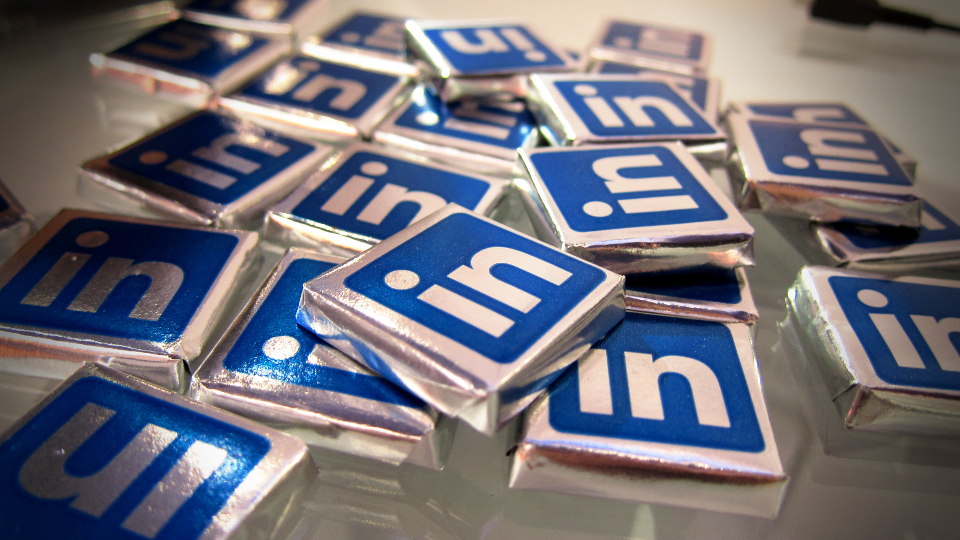LinkedIn Advertising is a tough beast. Unlike Facebook and Twitter advertising, LinkedIn seems to have fallen behind in the “ad features” race. Because you’re limited in targeting ability, and because LinkedIn has but a fraction of the audience of Facebook or Twitter, you might wonder why it’s even worth advertising on LinkedIn at all. Here’s how I solved that dilemma.
First, don’t bother with display ads. They’re microscopic and get virtually no traction. What we’re after are Sponsored Updates, the LinkedIn equivalent of Facebook Promoted Posts. By crafting well thought out posts on your LinkedIn feed and then targeting them toward a specific audience, you can gain views, click-throughs and even LinkedIn followers en masse.
Craft your Post
First, go into your LinkedIn business page and compose an update. Be sure it has got a great accompanying image and a call to action, and make certain it links to your website. Use Google URL Builder and Google URL Shortener so you can track leads coming in from this ad. Post this update.
Sponsor It
Next, go into LinkedIn Ads and click Sponsor Content.
Name the campaign, choose the correct business page, and choose the post you just made. If you’re doing this really fast, you won’t see your post here — reload until it shows up.
Choose one of your most compelling LinkedIn updates.
Click Next.
Location
Choose a location. United States is a likely choice, but your client may be regional. Be as specific as you can.
Companies
Targeting by company name allows you to reach people who follow your competition. You can also target by specific industry, which is a great approach to take.
Job Title
This further segments your audience by job title, seniority, function and so on.
More Options
Target by the name of the school the person attended, the skills he or she has been tagged with, or the group the target is a member of. Segment by gender and age group.
After all these choices, be sure your target audience is large enough. Ads that reach less than 1,000 people won’t even launch. Make the target number big enough to get maximum value out of your ad. Click Next.
Cost Per Click or Cost Per Impression?
You have two choices here. For a Cost Per Click campaign, you pay when someone clicks on the ad. You want this type when website visits are crucial to the success of your campaign.
Cost per impression is a good choice for building brand awareness. You’ll pay a fixed rate for each 1,000 impressions that the ad serves. Choose this if your prime goal is having your ad seen.
Be sure your bids are above the highest bid range by 10 to 20%. You likely won’t pay this much, but you need to be able to outbid the competition if you need to. An example of a successful Cost Per Impressions ad can be seen below:
An example of a successful Cost Per Click ad can be seen below:
Finally, enter a budget and a date range, then click Launch Campaign.
Results
You’ll be able to analyze data during the ad campaign and after it’s over. Variables of measurement such as cost per click, demographics, click through rate, and so on, are provided — and you can even adjust the ad targeting parameters as you go (although you can’t edit the post itself).
Keep in mind that you may not get the click through rate as high or the cost per click as low as you would if advertising on another social-media platform. However, those clicking through from LinkedIn are often more engaged than audiences on Twitter or Facebook, especially when it comes to a B2B focus. On LinkedIn, you’re reaching professionals, and the leads you gain from a professional platform like LinkedIn should not be underestimated.
Does all that sound too complicated? Contact StrataBlue and let us handle your social media advertising needs.




